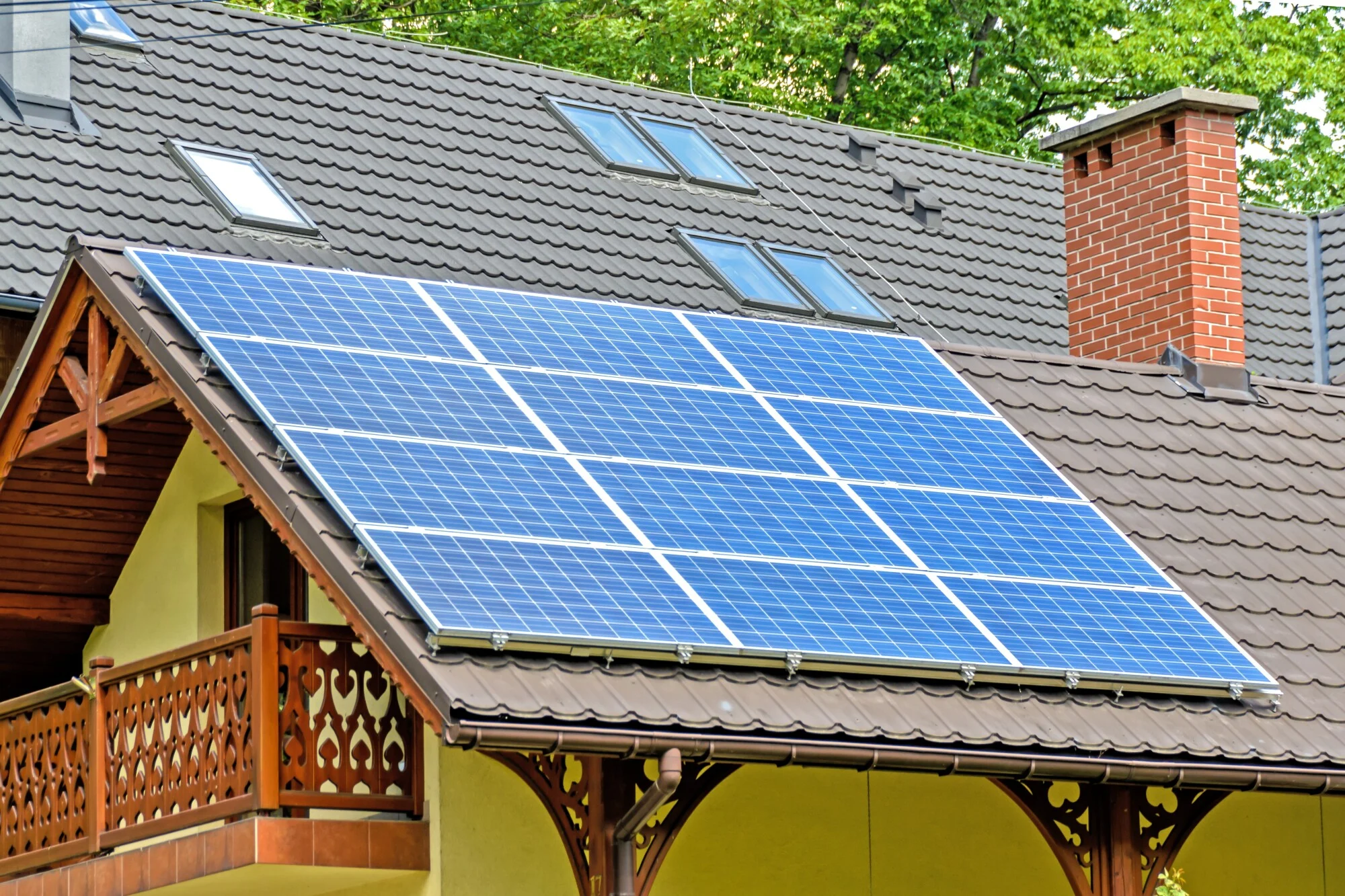From Cost to Convenience: Why Solar Is the Future of Energy

The global shift toward renewable energy has gained tremendous momentum in recent years. Among the many sustainable technologies emerging, solar power stands out for its accessibility, efficiency, and long-term promise. As more homeowners and businesses seek cost-effective, eco-conscious alternatives, solar energy offers a path forward that's both practical and powerful.
From reducing monthly energy bills to increasing property value and minimizing carbon footprints, the advantages of solar technology continue to expand. As infrastructure improves and installation becomes more widespread, solar energy is no longer an experimental choice but a mainstream solution. This article explores how solar power is transforming the way we use energy, and why its role will only grow stronger in the years to come.
A Clear Reduction in Monthly Energy Bills
For most people, the most immediate benefit of solar power is the significant reduction in electricity bills. Once a solar system is installed, it begins producing energy directly from the sun, reducing dependence on the traditional power grid. While utility prices fluctuate, solar panels offer consistent savings month after month.
With net metering policies in many regions, excess electricity generated during sunny hours can be sent back to the grid, often in exchange for credit. This makes it possible to offset usage during the night or cloudy days. In the long term, these credits can add up, especially during peak seasons. The financial relief is even more noticeable in areas where electricity rates are high, as users can lock in lower energy costs for years.
Environmental Benefits That Add Up
The environmental case for solar power is undeniable. Unlike fossil fuels, which release harmful greenhouse gases, solar energy generates electricity without contributing to air or water pollution. This makes it one of the cleanest sources of power currently available.
Transitioning to solar helps combat climate change by reducing carbon emissions. A single residential solar installation can offset tons of CO2 each year. In addition to global benefits, localized air quality can improve when fewer fossil fuel plants are relied upon to meet energy demand. For environmentally conscious individuals and companies, installing solar panels reflects a commitment to sustainability and ecological responsibility.
The Increasing Affordability of Solar Technology
When solar panels first entered the consumer market, the upfront costs made them inaccessible to many. But advancements in manufacturing, improvements in efficiency, and widespread adoption have significantly lowered the price. Solar panels offer better performance at a fraction of the original cost.
Government incentives, including tax credits and rebates, help reduce installation costs further. For example, in many countries, residents can claim a percentage of their system cost back through tax benefits. Plus, some regions provide grants or low-interest loans for renewable energy projects. Between falling prices and available financial aid, more people are beginning to see solar power as an achievable investment. One factor that often influences decision-making is the cost of solar roofing, which varies based on system size, material, and location. Understanding these variables helps homeowners plan their projects with clarity and avoid unexpected expenses. Knowing how solar integrates with existing roofing systems can influence design decisions and financing options.
Choosing solar no longer means sacrificing design or flexibility. There are now solar shingles, integrated tiles, and discreet panel systems that merge seamlessly with different home styles. These advancements allow homeowners to enjoy renewable energy without compromising aesthetics or architectural integrity.
Technological Improvements Drive Efficiency
Modern solar panels are far more efficient than their predecessors. While older panels might have converted only 10% of sunlight into usable energy, current models often exceed 20%, with top-performing units going even higher. This means more energy from less surface area, making solar a viable option even for buildings with limited roof space.
Inverters, the components that convert solar-generated electricity into usable current, have also become more reliable and user-friendly. Smart inverters can communicate with the power grid, improving energy distribution and giving homeowners more control over their usage. Coupled with mobile apps and monitoring platforms, users can now track their energy production and consumption in real time.
Battery storage is another area seeing rapid development. With systems like lithium-ion batteries, solar users can store excess energy for use during cloudy days or power outages. This independence from the grid adds another layer of convenience in areas prone to outages or limited infrastructure.
Solar Energy as an Investment in Property Value
Installing solar panels can increase the value of a property. Studies have shown that homes equipped with solar systems sell faster and at higher prices than those without. Buyers are often willing to pay a premium for the long-term energy savings and sustainability factor.
For commercial properties, solar installations may also result in tax incentives, lower operational costs, and a reputation boost. Businesses that demonstrate environmental responsibility attract eco-minded consumers and gain an edge in competitive markets. Whether for residential or commercial use, solar systems now represent a smart asset rather than a liability.
Convenience and Low Maintenance
Once a solar system is in place, it requires very little ongoing maintenance. Most panels are built to withstand extreme weather, from high winds to heavy rain. They operate silently and reliably, often with warranties that extend 20 years or more. Occasional cleaning and a routine inspection every few years are typically enough to keep them running efficiently.
Monitoring systems alert users to any irregularities, making it easy to identify and fix issues before they escalate. With proper care, solar installations can function optimally for decades. The convenience of such low-maintenance energy production only adds to its appeal.
A Future Built on Renewable Energy
The world's energy demands are rising, and the need for cleaner, more efficient power sources is pressing. Solar energy provides a scalable, sustainable answer to this growing demand. As fossil fuel reserves diminish and environmental policies tighten, solar's role will continue to expand.
Innovations in solar panel design, storage technology, and financing models are making adoption easier and more appealing for individuals and businesses alike. What was once considered a niche or luxury option is now a reliable and proven strategy for energy independence.

Solar power has evolved into a practical solution for modern energy needs. With lower costs, increased efficiency, and a wide range of aesthetic and functional options, it's no longer just about being environmentally friendly. It's about making smarter choices for long-term savings and security. As technology and awareness continue to improve, solar stands ready to shape the energy future, one rooftop at a time.
Published 7/28/25